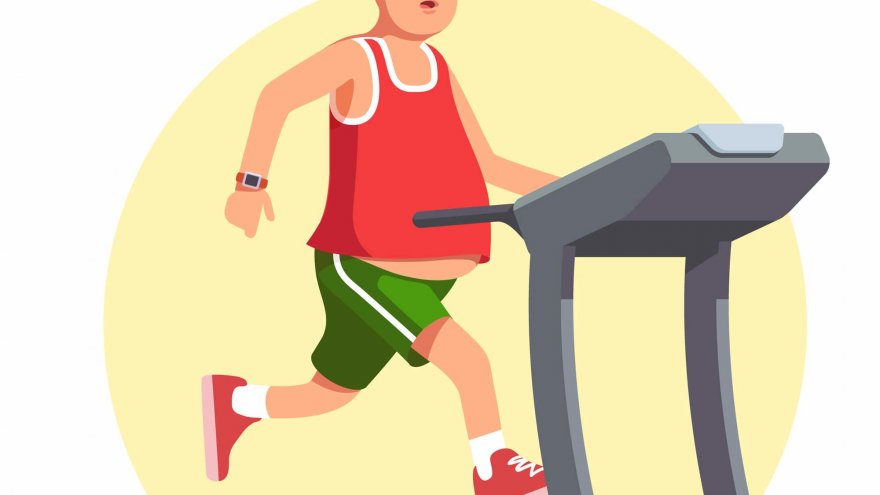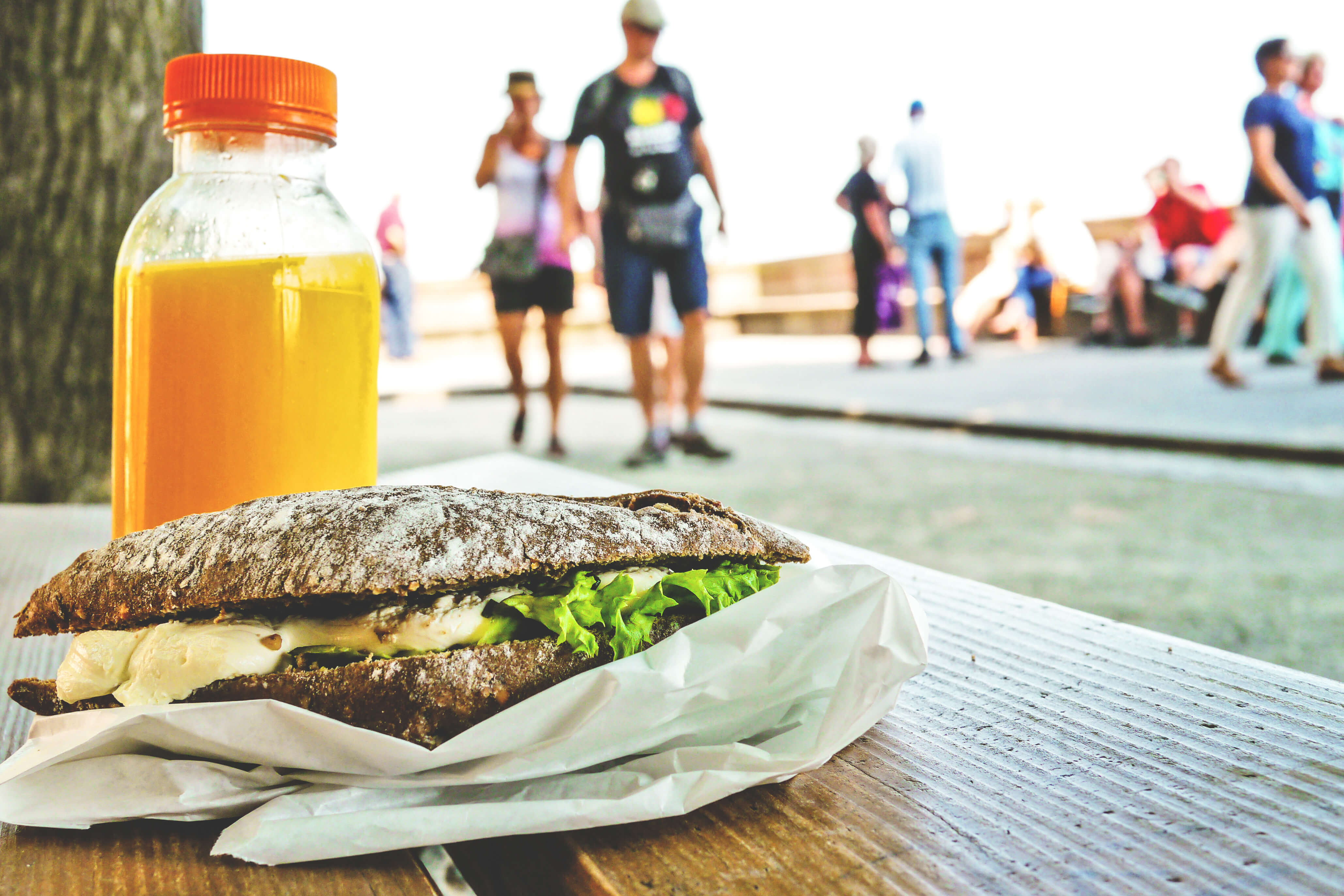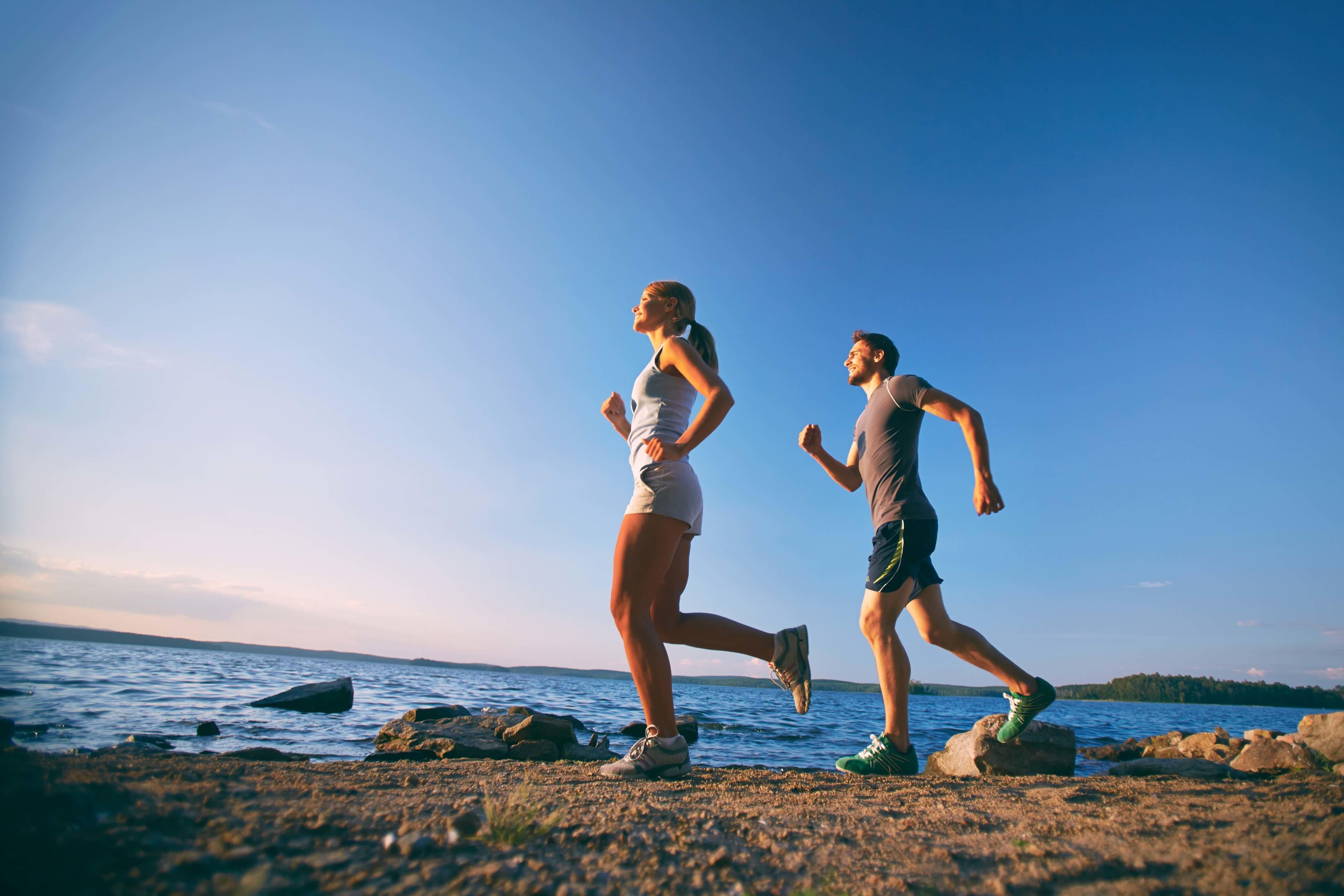Overweight or Obese? Here’s How to Start Running.

Since running is one of the least complicated forms of exercise there is, the better question is probably when do I start, and not so much how! Really, anybody can run. If we were fortunate enough to grow up as a happy, healthy child, all of us were already experts in running at some point of our lives! So essentially, now that we have grown a bit in years, we only have to recall and remember the key points of running.
Most importantly, before plunging in the deep end, you may want to ask yourself why you’d like to start running. Losing weight may be a good motivator, but it sure isn’t guaranteed. Whereas when you strive to improve your overall health, the benefits may be enjoyed almost intermediately. Health is a lifestyle, not a certain look or a feeling. Improved health therefore needs a holistic approach, but your decision to take up running may be the first and very crucial step.

Is Running a Good Sport to Lose Weight?
The short answer is Yes! If you want to add exercise to your repertoire of weight loss endeavors, you could not go wrong by taking up running. In order to burn calories efficiently, some form of exercise is needed. Reducing calorie intake alone will send the body into starvation mode and slow down the metabolism. This effect will be counteracted by performing some sort of exercise.
One of the best parts of running is it’s ‘afterburn” effect. Not only does your increased metabolism chomp calories while you are working out, but it keeps up the hard work even while you are not! This is because running is a a high intensity workout that increases the body’s overall level of energy expenditure. When compared to walking the same distance, running could potentially burn up to 90% more calories. And the best news is that this “afterburn” effect will STAY elevated if you keep up the activity for at least three days a week.

Where Do I Start?
You knew this was coming, so here it is. It is important to first get the green light from you doctor before taking up running. Carrying excess weight may pose increased health risks when performing a physically demanding exercise such as running. Not only is the physical support system such as joints under added pressure, but the cardiovascular system also takes more strain. Get yourself thoroughly checked out and heed the objectives the medical practitioner may pose, if any.
Get Comfortable
Running requires the minimum of gear, but comfortable, supportive shoes is a priority. As it is, running is a high impact sport that may leave joints vulnerable if unsupported. Heavy runners need maximum cushioning in shoes to best support ankles and knee joints.
Read also about best shoes for heavy guys.
Pronation will also determined your choice of shoe. Over- or under-pronation also places more stress on joints. In this regard, a good tip is to take a pair of well-worn shoes along when running shoe shopping. By assessing your old shoes a knowledgeable attendant should be able to spot any additional needs for stability you may have before making a recommendation of shoes.
Lady runners will also need to invest in a good sports bra for high impact sports with maximal support. A good bra may be pricey but the comfort of keeping the bits in place and reducing the strain on back- and shoulder muscles is worth it. Also, you rarely need more than two good sports bras at any given time.
Pick a Goal
The best way to put the ball in rolling towards your dream of becoming a regular runner is to set a running related goal. Write it down and put a goal date to it. If a marathon is what you want to run, don’t let anyone tell you it is out of bounds. That said, shorter-term goals will better help keep you motivated. If you are completely new to running, consider goals like being able to run non-stop for 5 minutes, then 10 and so on until you can run a 5k comfortably. Key is to not overshoot your targets or be too ambitious too early. No matter how “small” they may seem, readily attainable goals will help you feel a sense of accomplishment every time you achieve one and so inspire you to bigger objectives.
Get Moving!
If you are completely new to exercise, use the first few weeks to work yourself up to a power walk for a duration of 30 minutes. Once you are able to carry a conversation during the workout you are ready to introduce running.
The best and easiest way to increase fitness in running is with the run-walk-run method. Jeff Galloway, former US Olympian, lifetime runner, coach and author designed this method 1974 to help beginners start running. Surveys even showed that veterans who shift to the run-walk-run method improved their finishing times. Run-walk-run is a form of interval training with benefits that include:
- Conservation of resources
- Less overall fatigue
- Quicker recovery
- Increased endurance
- Less stress on ‘weak links”
- Increased fitness with less pain and exhaustion
- Cognitive control over workouts, which serves as motivation

To ease into running, start the workout with walking gently, working up to a power walk for five minutes. After the warm-up, jog gently for 30 seconds, then walk for 2 minutes. Keep up the repetitions for a total of a 30 minute workout, not including warm-up or cool-down time. After a week or two, increase the jogging time to 45 seconds, still alternated by 2 minutes walking. Once you are able to jog for 2 minutes, start reducing the walking time to the point where you feel refreshed to run again. In this sense, Galloway also recommends that you take a walk-break as soon as you need one, not necessarily as dictated by the clock.
End each workout with a cool-down walk and five minutes of gentle stretching. This can prevent muscle tightness and maintain a healthy range of motion.
Stay Motivated
Getting into the habit of regular running may not always be easy or fun, but luckily there are a myriad ways to keep yourself motivated. The internet is chock-full of websites and articles of success stories of once-sedentary and overweight runners. Like Kelly Robertson who lost more than 50 pounds on her way to become a 3:41:09 marathoner. Or Mirna Valerio, a regular and very inspirational runner who has completed number of marathons and ultras but still weighs 250 pounds. She have made peace, albeit partially, with the fact that running doesn’t necessarily equal weight loss, and she still keeps running.

Joining a running club may be the fastest way to befriend people who may face similar challenges. Alternately, if this isn’t possible subscribe to running magazines and websites that send regular motivational updates.
The Bottom Line
Apart from overall improved health and longevity, there are so many advantages to making running a part of your life. Taking the first steps may seem daunting, but seeing it through will be worth it. And once you are ready to hit the streets on your commendable quest, be sure to keep a look out for me, dear prince or princess, because I will be beaming and ready with a high five in the passing.
Sources
- , Running v. Walking for Weight Loss, Online Publication
- , Exercise and weight loss: the importance of resting energy expenditure, Online Publication
- , Run-walk-run, Website
- , Ultra. Is it possible to be fat and fit? Healthy and happy as well as heavy?, Online Publication
- , She Can and She Did, Website
Latest Articles
 Is Running on a Treadmill Easier Than Running Outside?Runners have their own preferences, whether it is treadmill running, running outside on the road, or exploring trails. So...
Is Running on a Treadmill Easier Than Running Outside?Runners have their own preferences, whether it is treadmill running, running outside on the road, or exploring trails. So... Is It OK to Use Trail Running Shoes on the Road?While trail running shoes can be used on roads, especially in situations where a runner encounters mixed terrains or pref...
Is It OK to Use Trail Running Shoes on the Road?While trail running shoes can be used on roads, especially in situations where a runner encounters mixed terrains or pref... How to Fix Sore Quads After Running?Rest, ice, gentle stretching, and over-the-counter pain relievers can help soothe sore quads after running. Also, ensure ...
How to Fix Sore Quads After Running?Rest, ice, gentle stretching, and over-the-counter pain relievers can help soothe sore quads after running. Also, ensure ... 10 Fruits With The Most Electrolytes to Replace Sports DrinksThese fruits are high in electrolytes such as potassium, magnesium, and calcium, essential for hydration, muscle function...
10 Fruits With The Most Electrolytes to Replace Sports DrinksThese fruits are high in electrolytes such as potassium, magnesium, and calcium, essential for hydration, muscle function...

